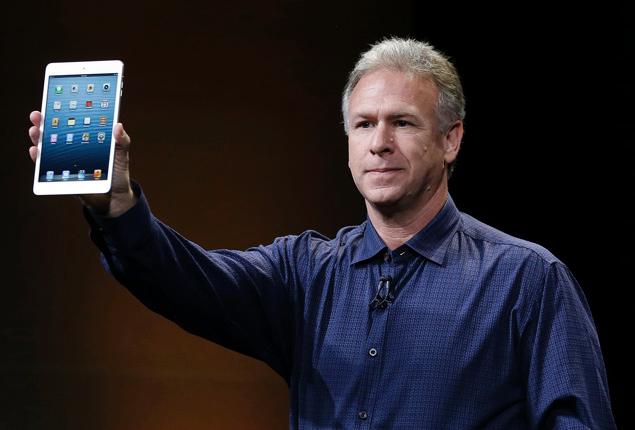 We forget sometimes that ads are content, blogs are content, and social sharing is content. Your competitors have content and it is all public and discoverable.
We forget sometimes that ads are content, blogs are content, and social sharing is content. Your competitors have content and it is all public and discoverable.
What makes it even more interesting is that your competitor’s influencers share content too and you can watch for that as well. You can see who is spreading the word for your competitors and helping THEM grow! That is gold, is it not?
3 actions you can take
It’s not what you can discover that’s so special (although it really is), it’s what you do with the data that counts. So here are 3 things you can do when you know what your competitor is up to:
1. Watch for your competitor’s top content and dissect what makes it work and what doesn’t. When you’re confident that you have nailed what makes one of their blogs work better than another one you can incorporate the winning approach in your own content (your marketing team should have a ball with this).
2. Pay attention to who your competitor’s influencers are; the people who share your competitor’s content so they can reach their target audience. You can add them to a watch list of potential influencers of your own brand and regularly look for non-poachy ways to start and grow relationships with them. If you learn that one of their influencers is the CEO’s husband, well, you know.
3. Learn what hashtags and communities your competitor’s influencers use to get the word out and spend some time in those online neighbourhoods yourself. Use their tags occasionally and visit the blogs they visit. It’s a great way to get to know what interests your community.
Added bonus: if you know the sentiment (positive, negative) that people feel towards your competitor’s content you can think of ways to get more positive content into the same online communities. Sleeze alert: there is a huge risk of coming across as tacky if you don’t think this through with some respect for your competitor and their fans.
How do you do this?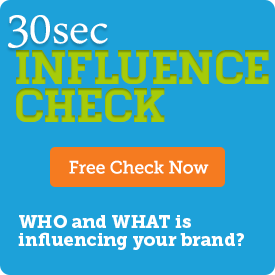
You can do it simply by paying attention and creating a scheduled time to regularly look at your competitor’s content. We actually use a tool called Measurely to run discovery campaigns that give us this and a bunch of other super valuable data for our clients. But if your brand community is still small you should be able to handle this with some regularly scheduled snooping and gathering of info into a spreadsheet.
It’s worth it. Your competitors are sharing content that they hope will interest the same people you are. Why limit the data you gather and learn from to just your own when you can learn from theirs too?
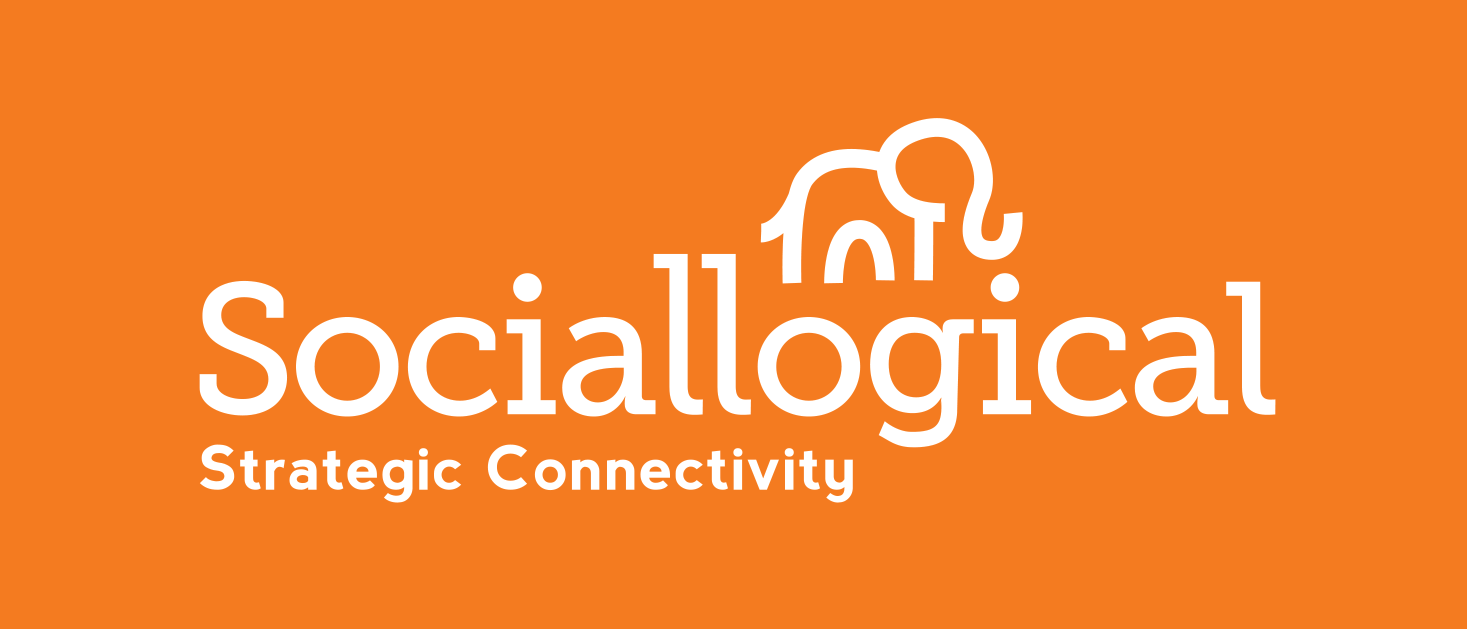

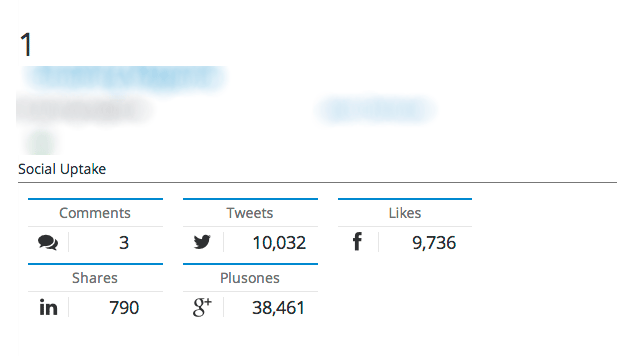
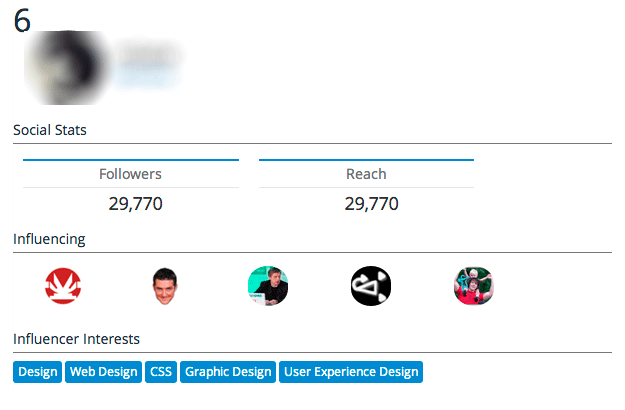
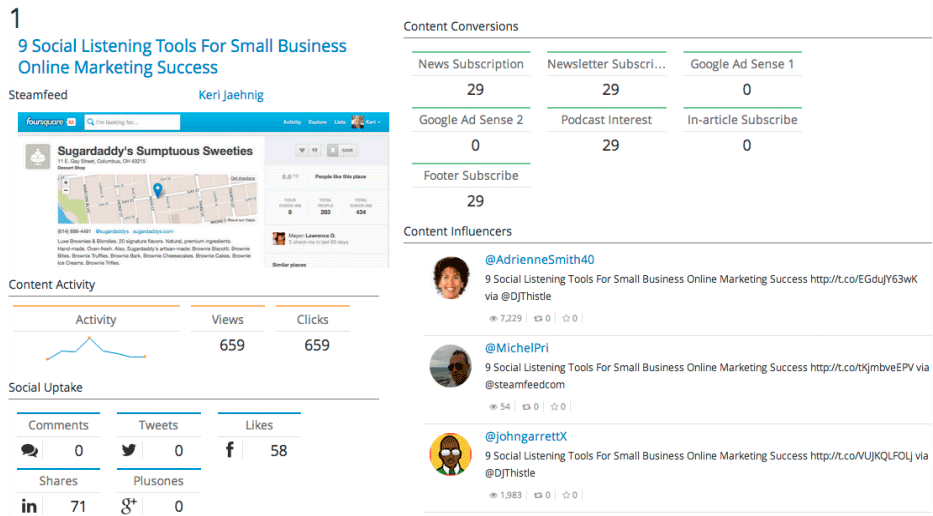
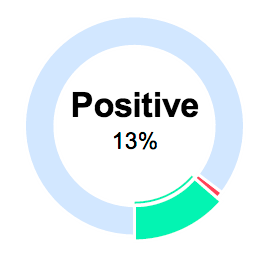



 The hope that most businesses have is that their advertising will buy them customers immediately. But social media has introduced
The hope that most businesses have is that their advertising will buy them customers immediately. But social media has introduced 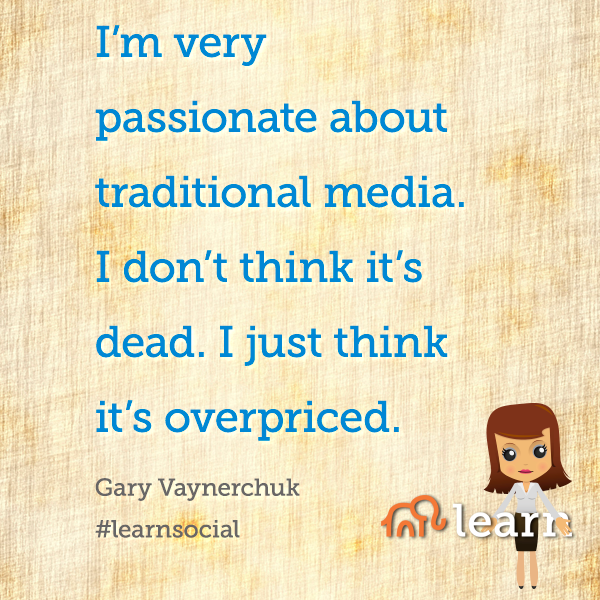

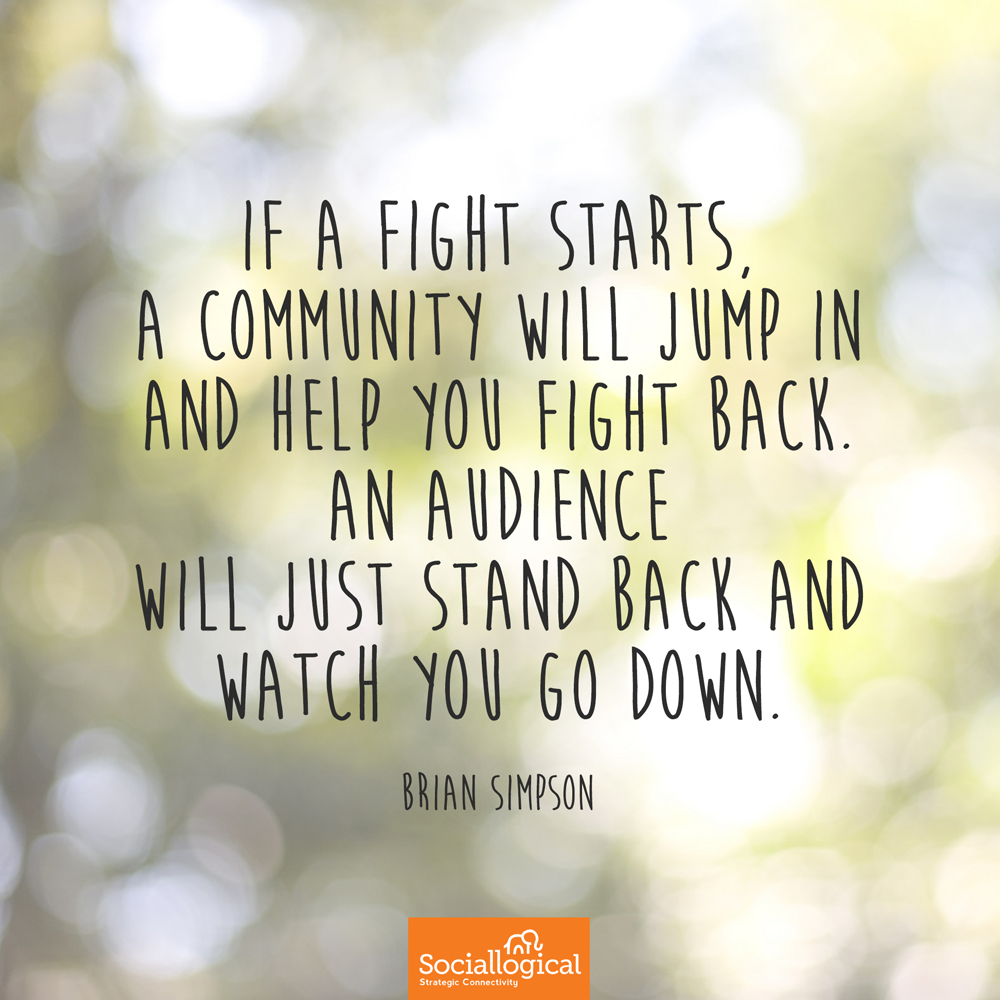
 Two years ago I signed my team up to participate in a course to teach us how to build a social business. It lit a flame that has been burning ever since. Telling our company’s story using social channels has helped us build community around the world. The course was Sociallogical’s
Two years ago I signed my team up to participate in a course to teach us how to build a social business. It lit a flame that has been burning ever since. Telling our company’s story using social channels has helped us build community around the world. The course was Sociallogical’s 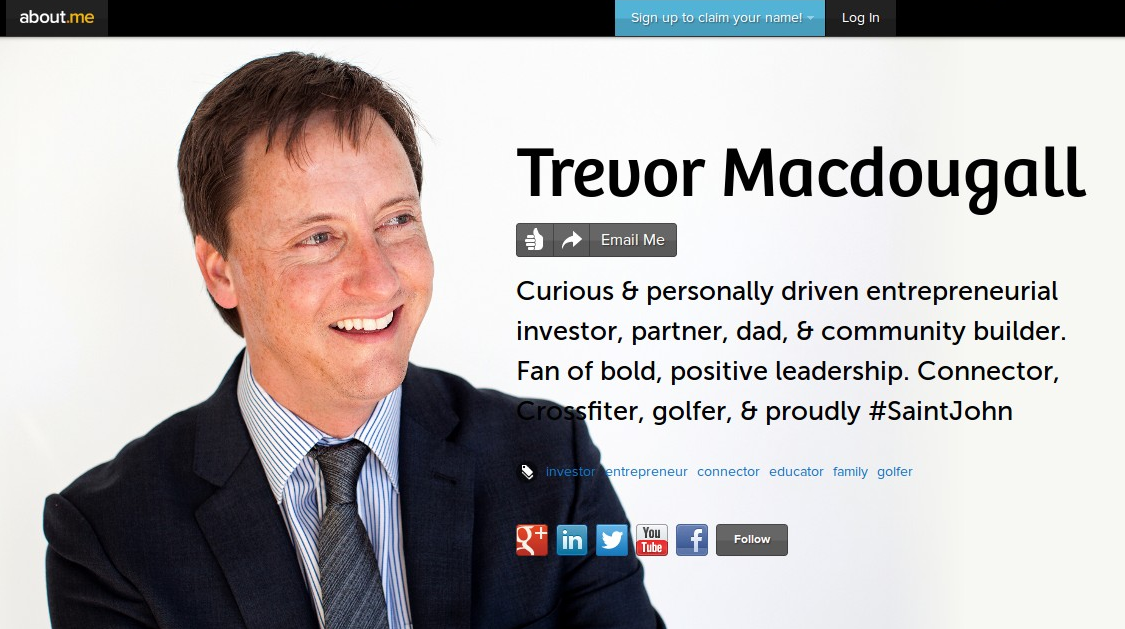

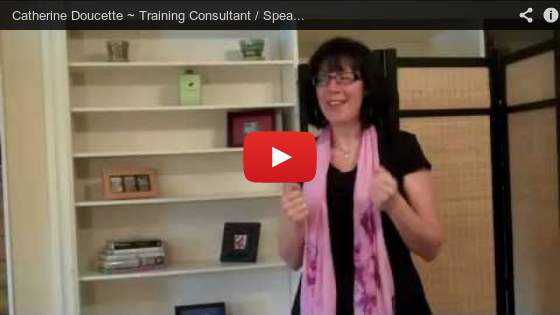

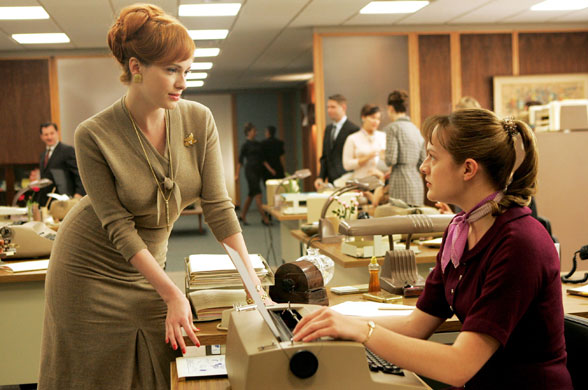
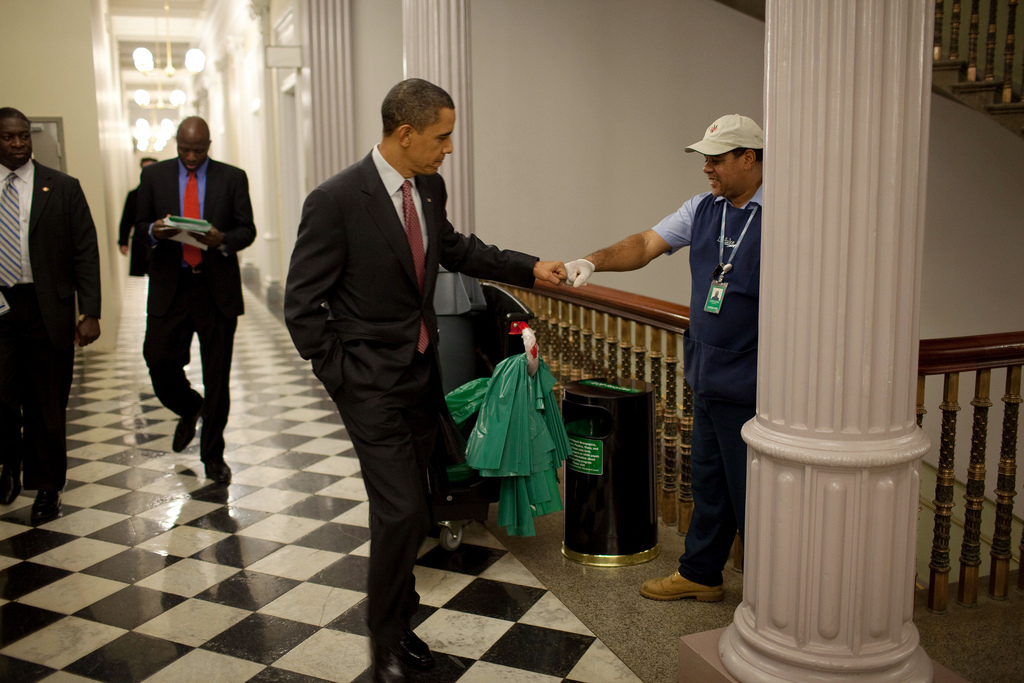

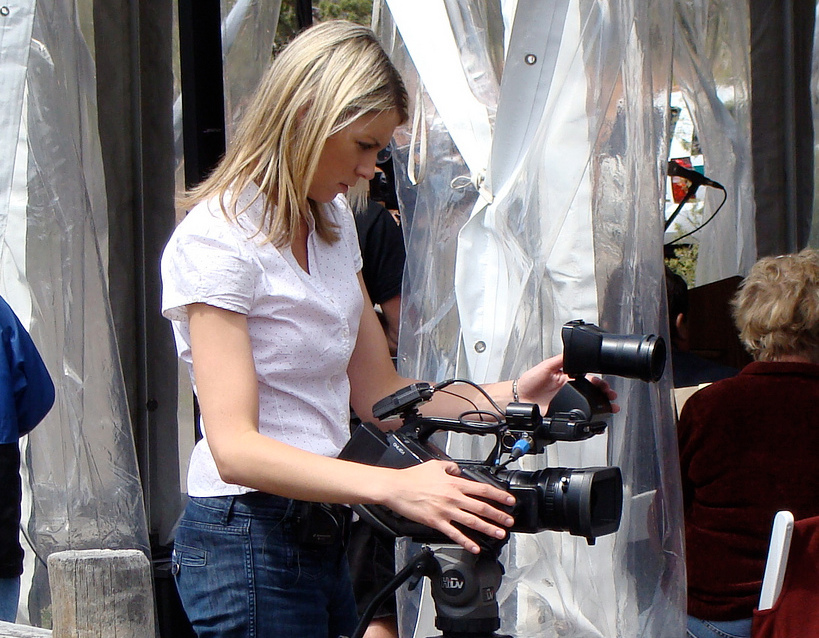
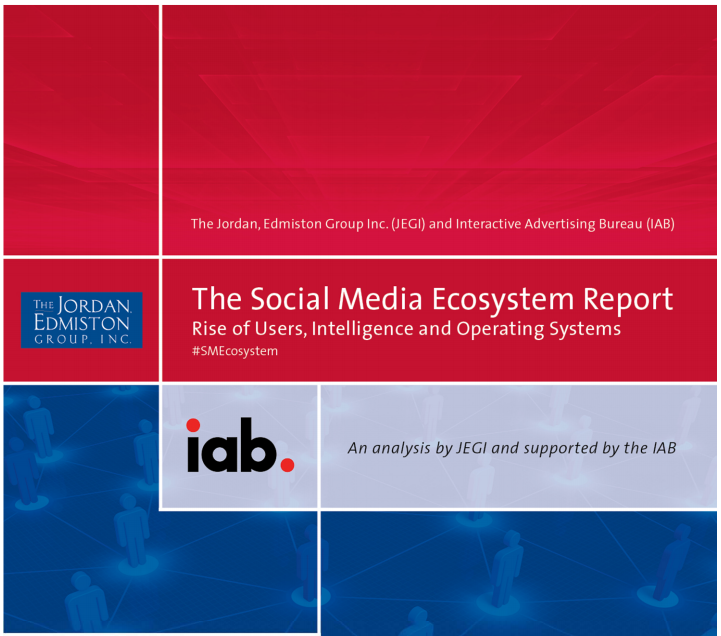
 Have you ever noticed the unique bonds that are forged between you and the people who have shared an experience with you? Some experiences are traumatic, some adventurous, some beautiful, and some are downright awful. But if you experience something with another person, whether you are strangers or old friends, that experience will create a strengthened relationship between you that is incredibly unique. I call this the Shared Story Experience.
Have you ever noticed the unique bonds that are forged between you and the people who have shared an experience with you? Some experiences are traumatic, some adventurous, some beautiful, and some are downright awful. But if you experience something with another person, whether you are strangers or old friends, that experience will create a strengthened relationship between you that is incredibly unique. I call this the Shared Story Experience.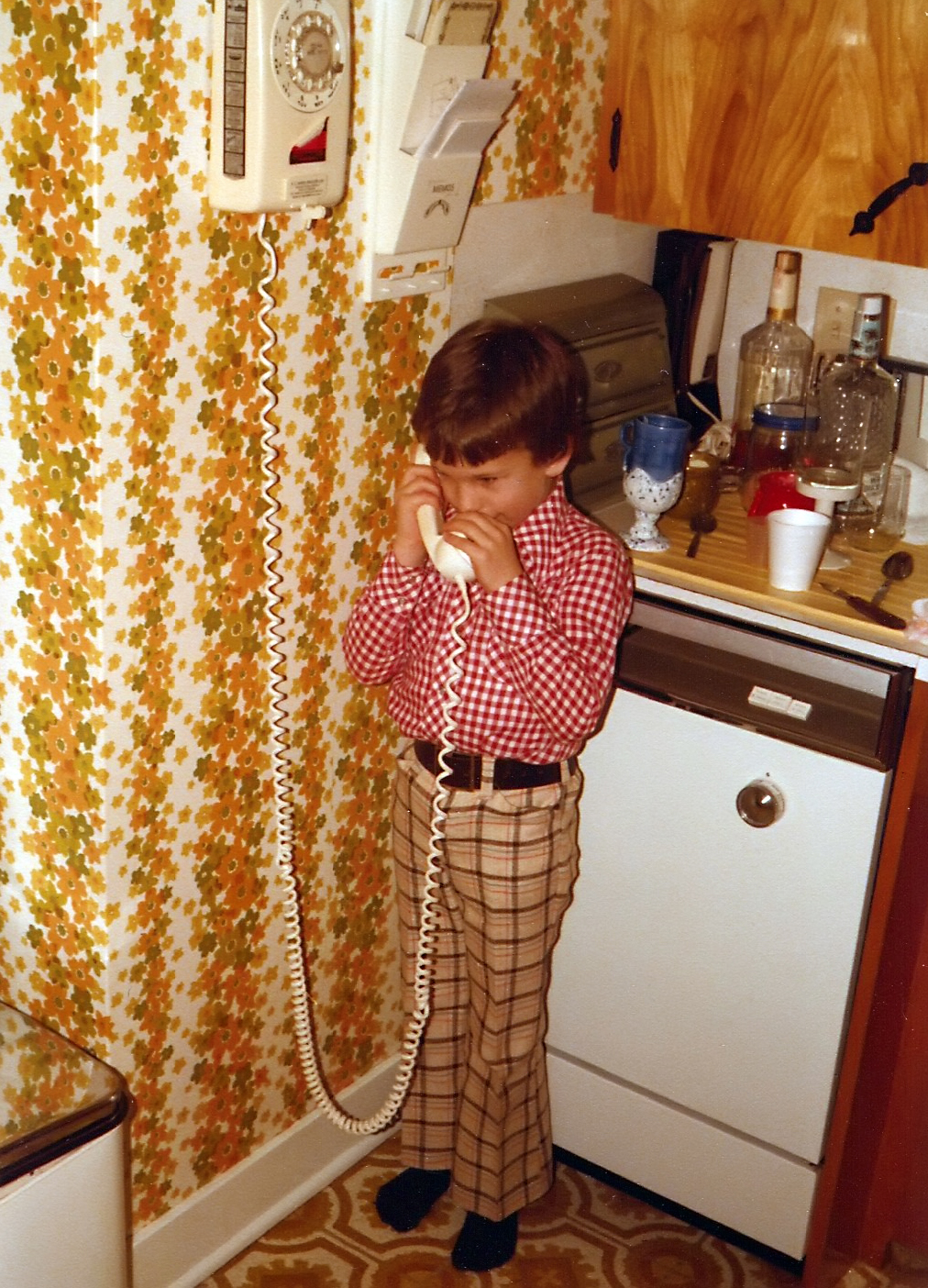 Online social media can draw people to your brand community and help return humanity to the world of business but it will never get rid of one-on-one voice conversations.
Online social media can draw people to your brand community and help return humanity to the world of business but it will never get rid of one-on-one voice conversations.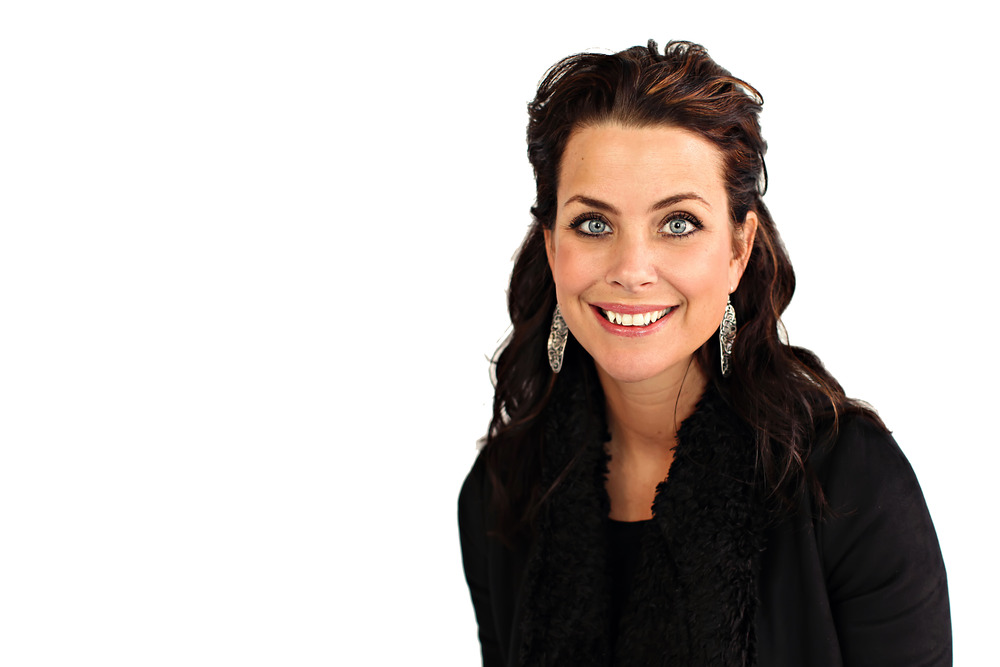 In the business world, we aren’t meeting in office spaces and conference rooms as much as we once used to. Instead, we meet online – a place where we are also making a lot of
In the business world, we aren’t meeting in office spaces and conference rooms as much as we once used to. Instead, we meet online – a place where we are also making a lot of 
